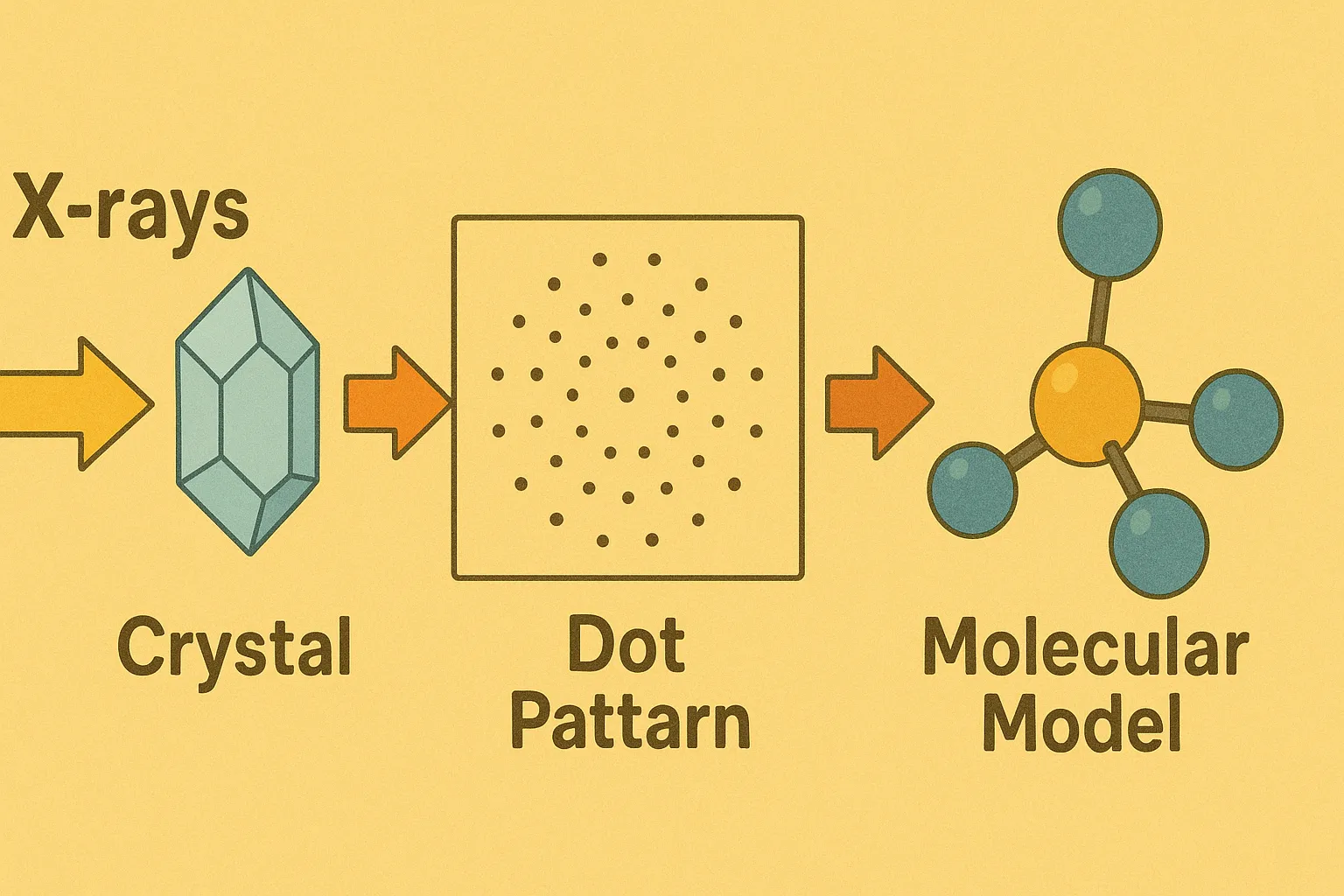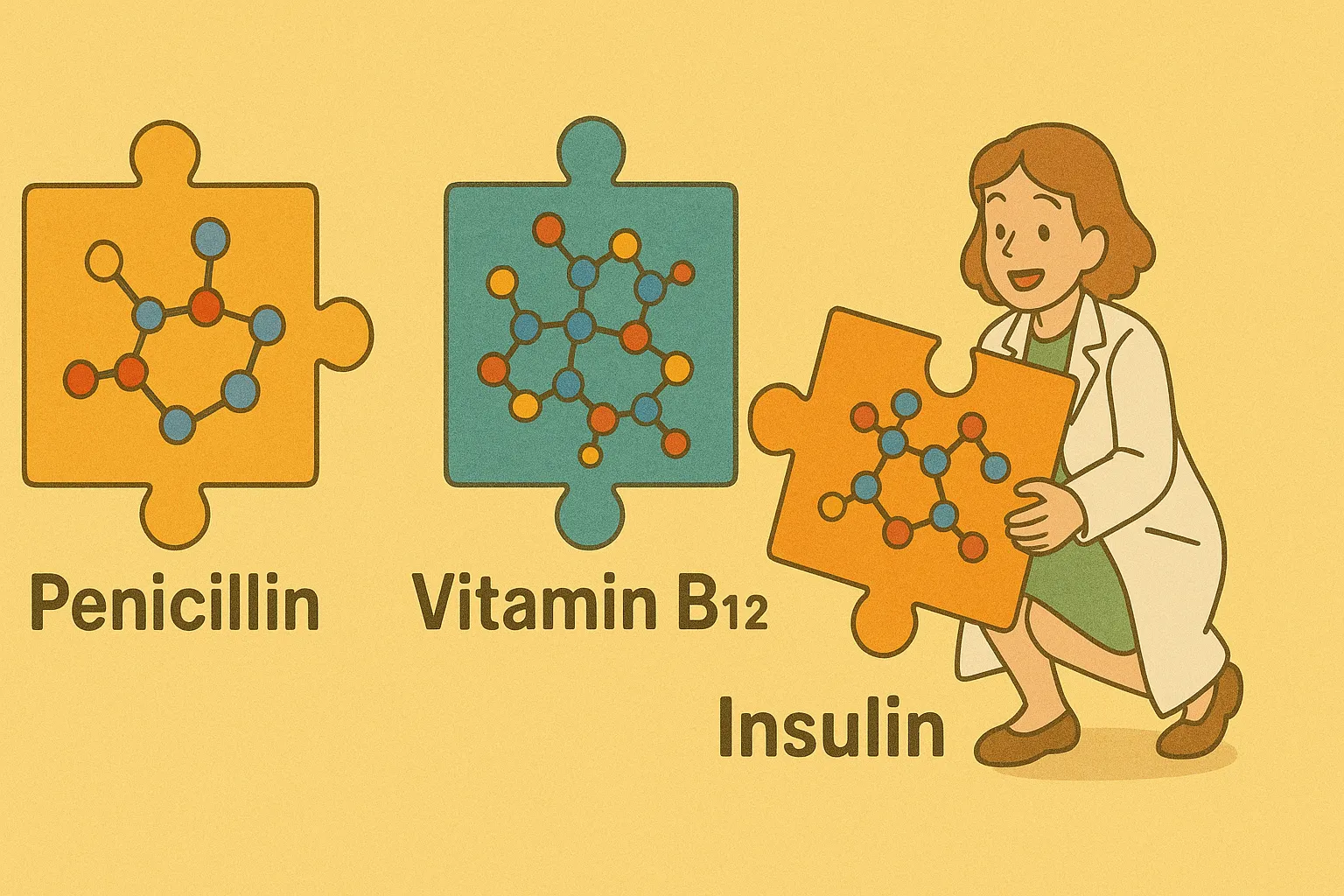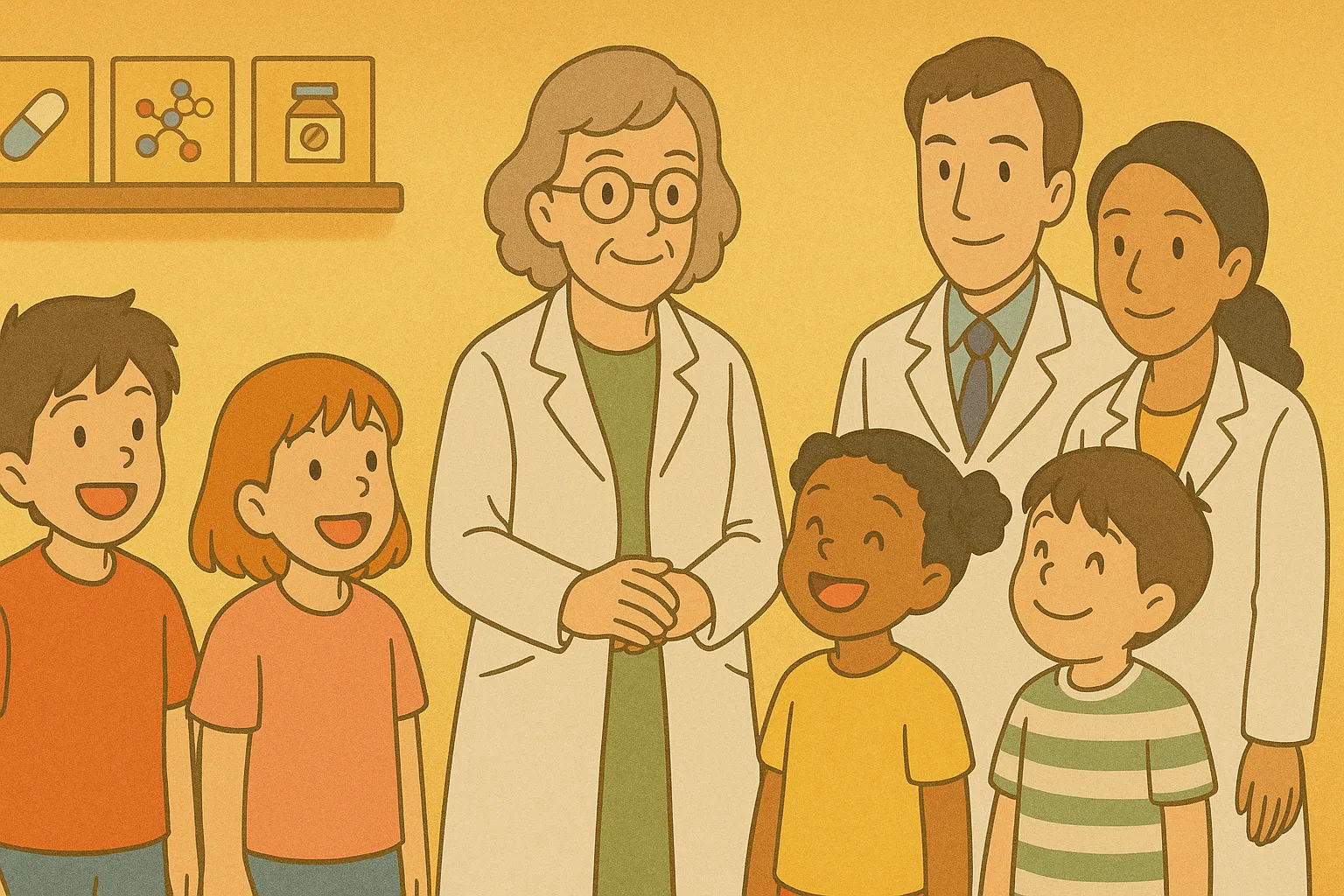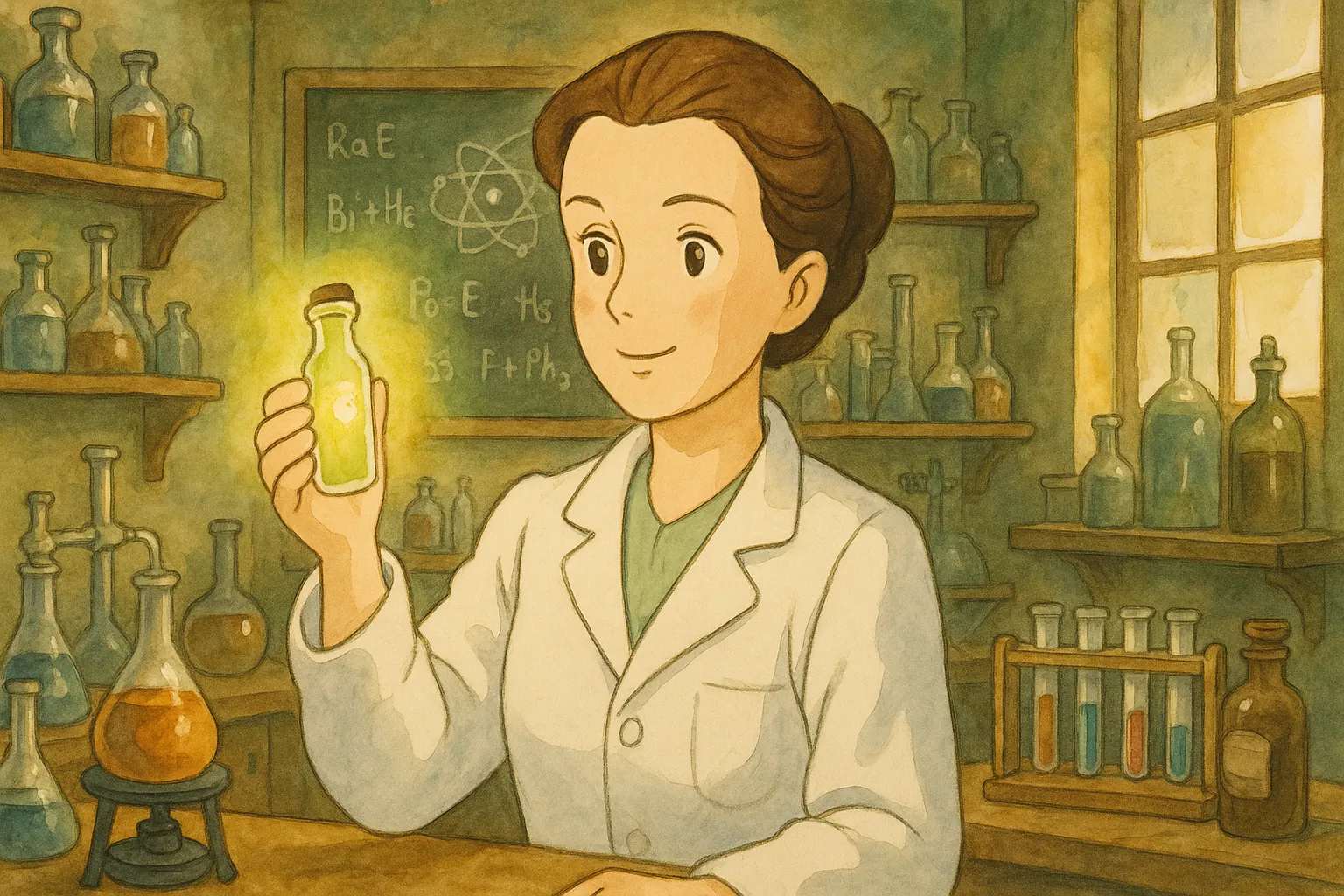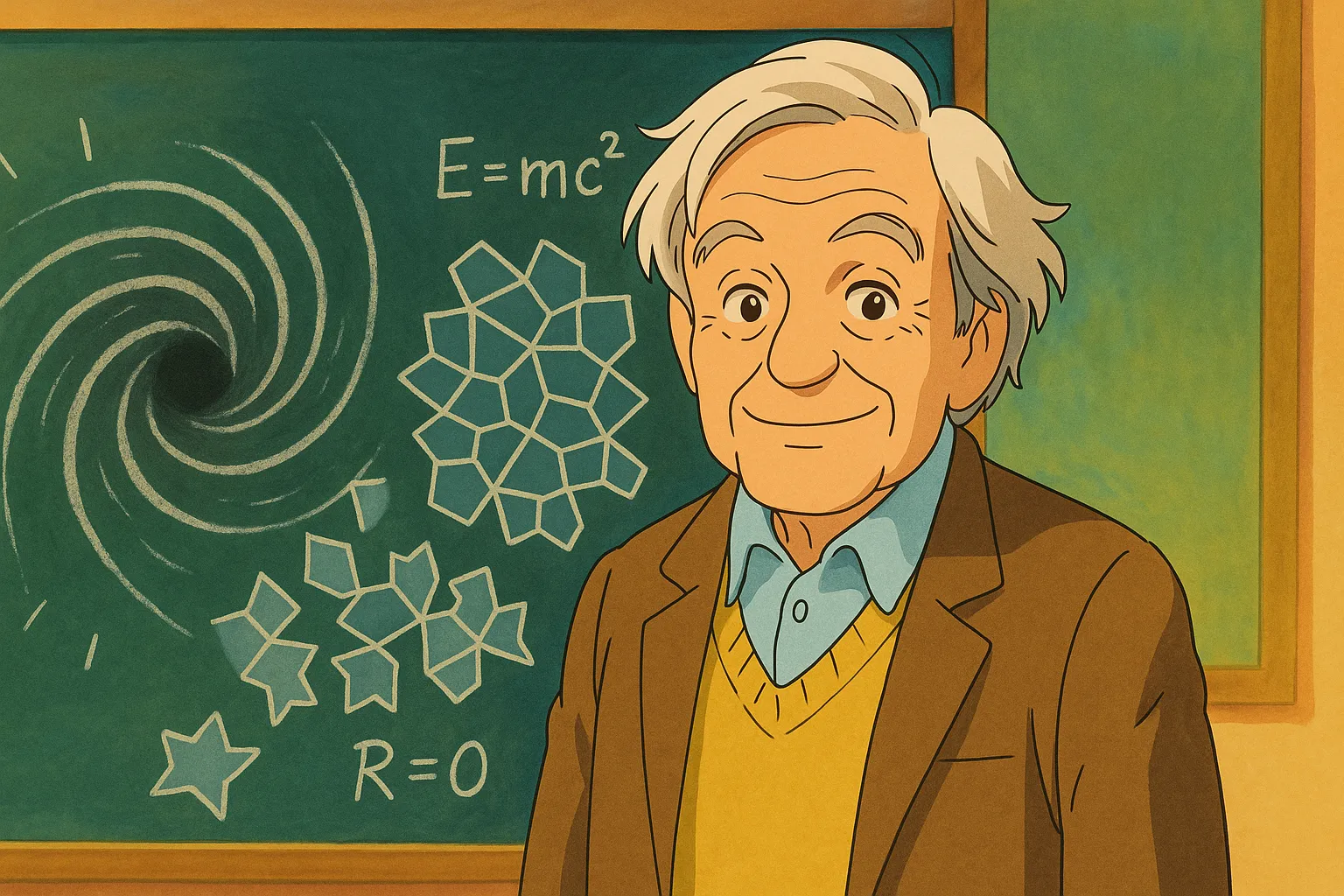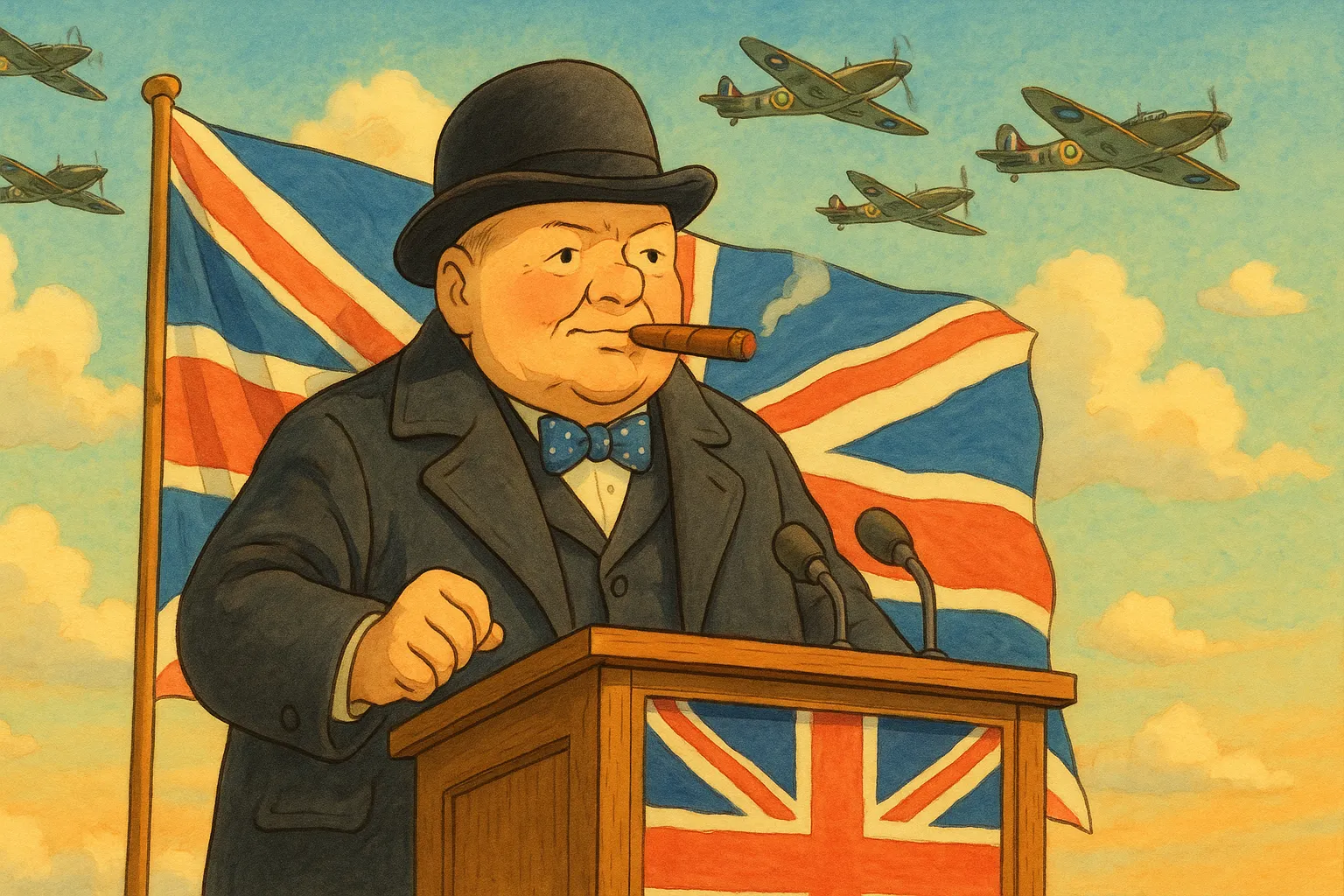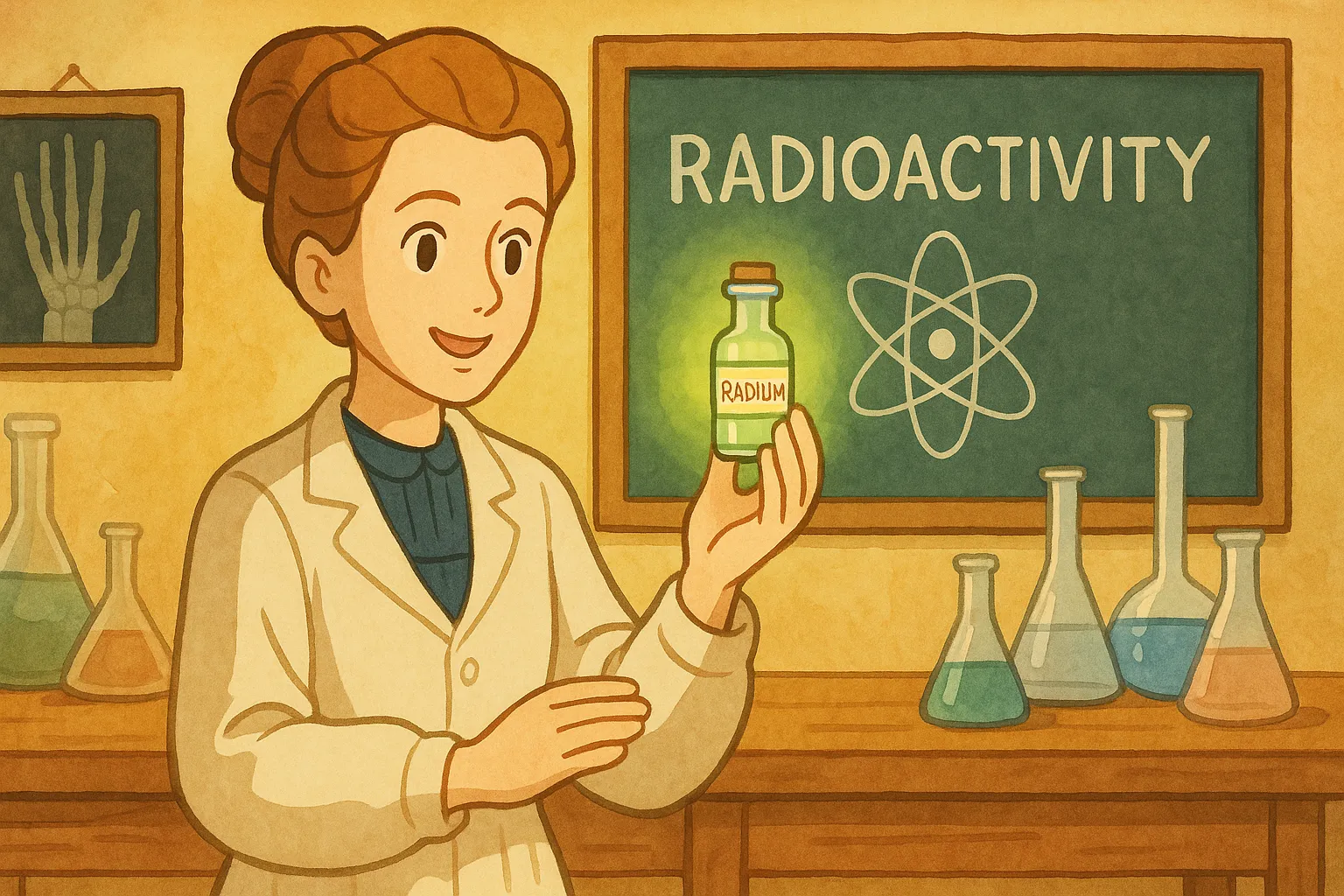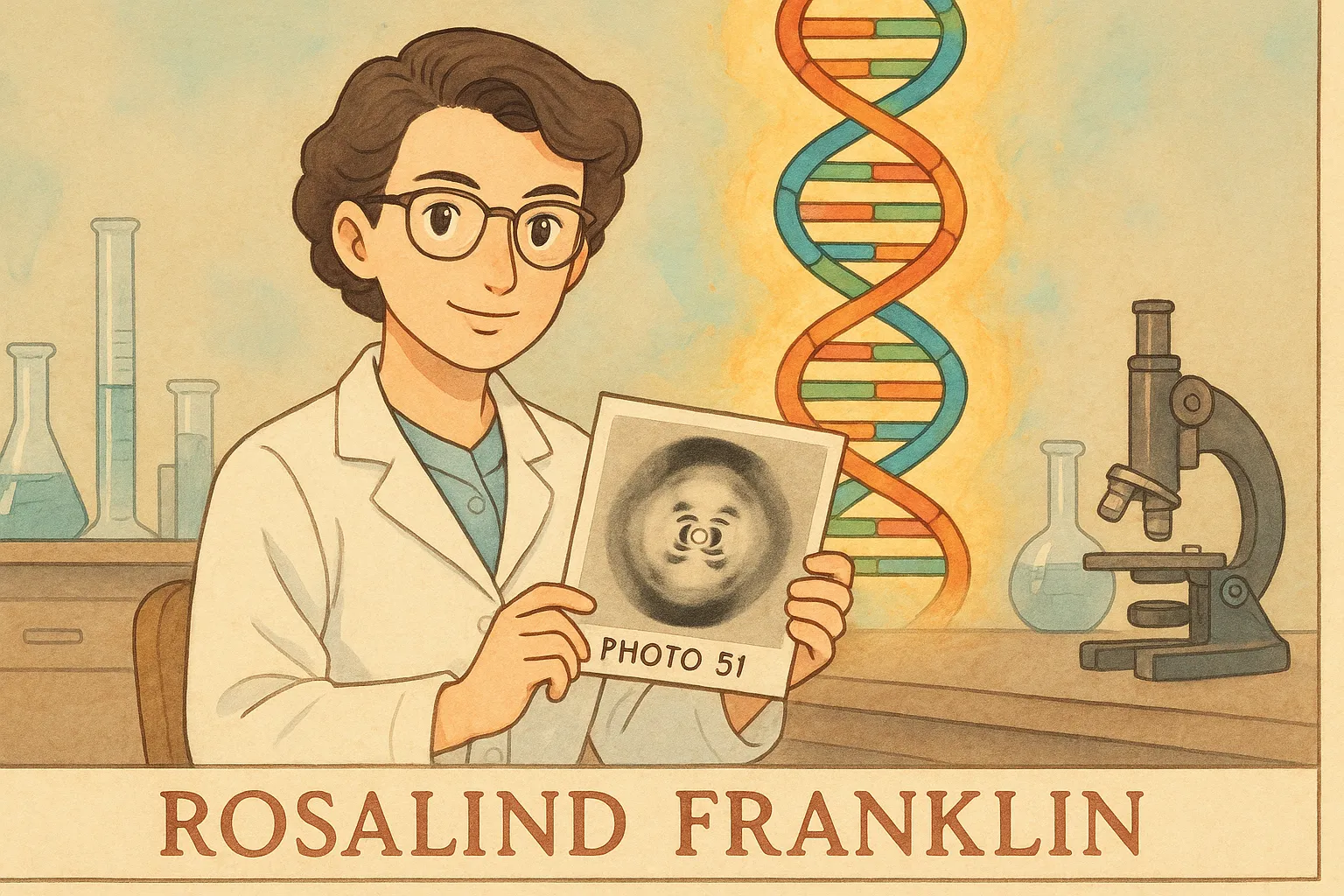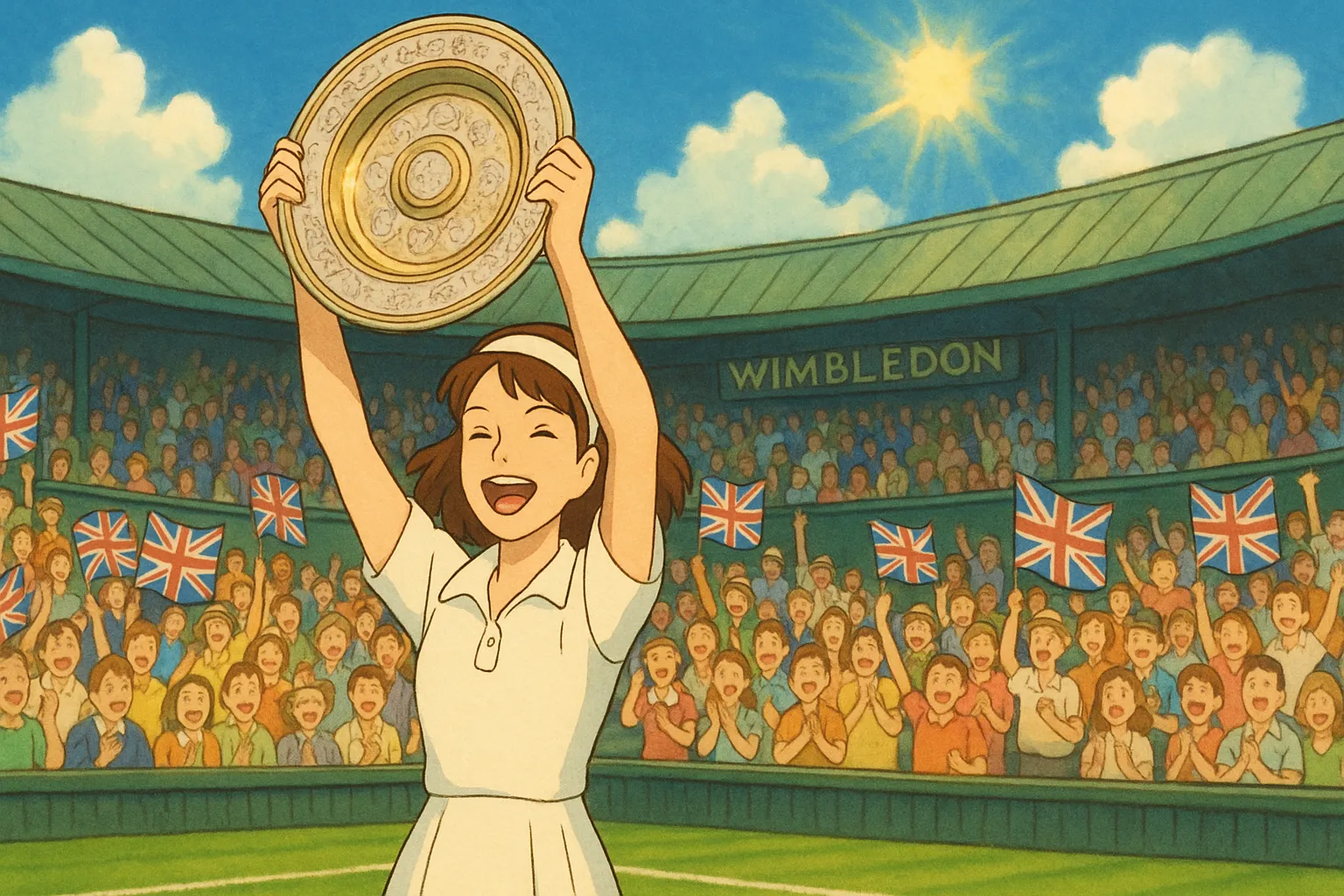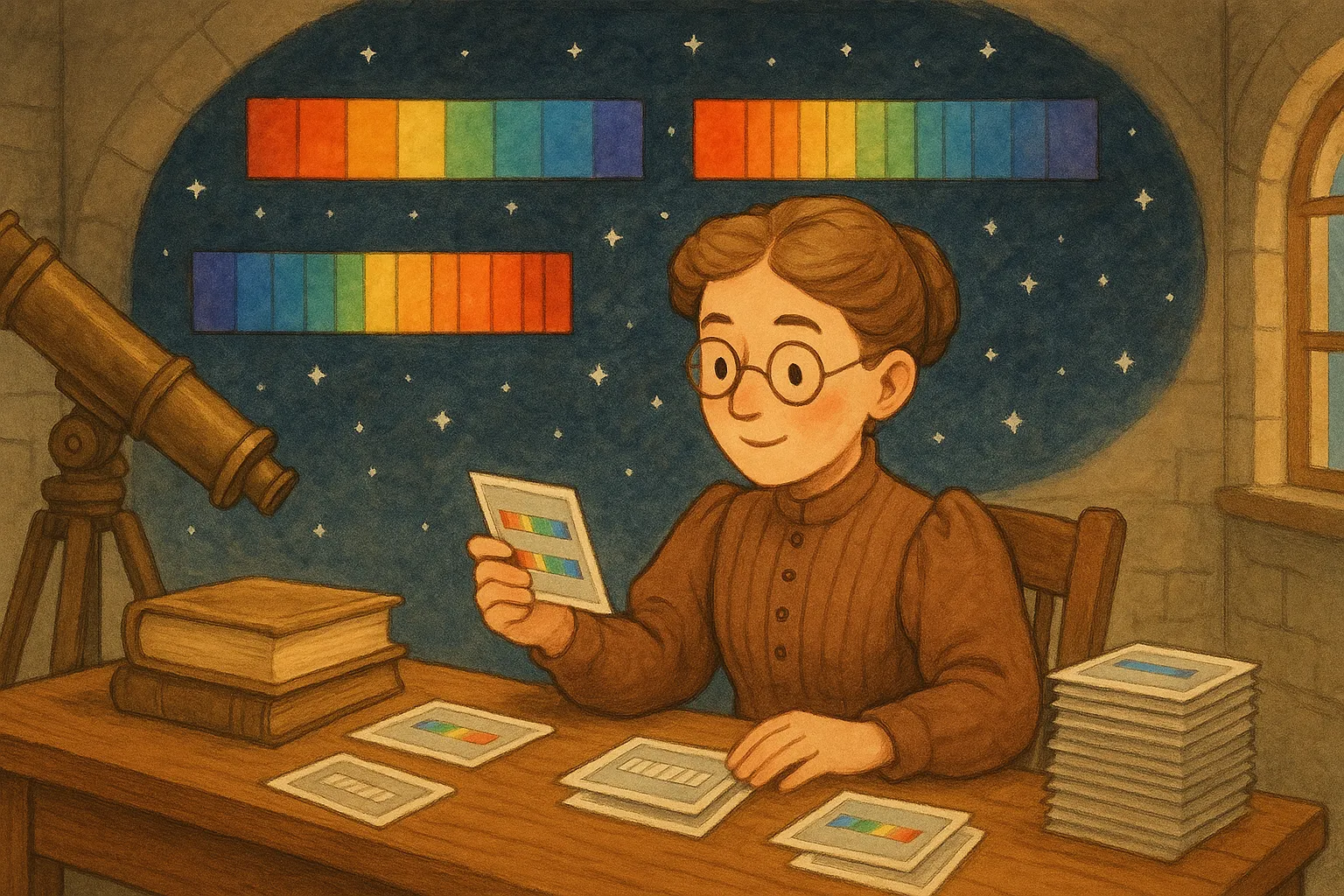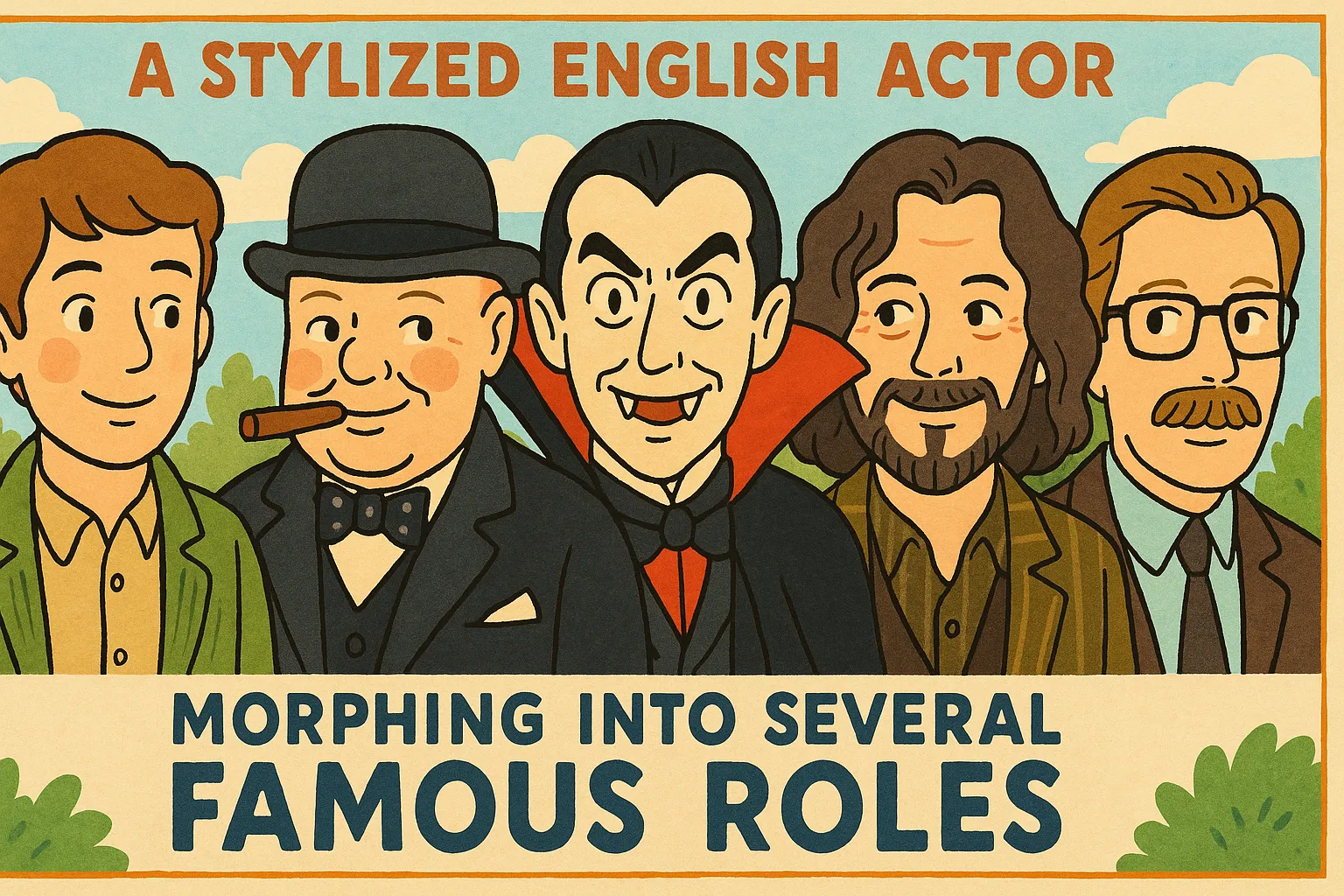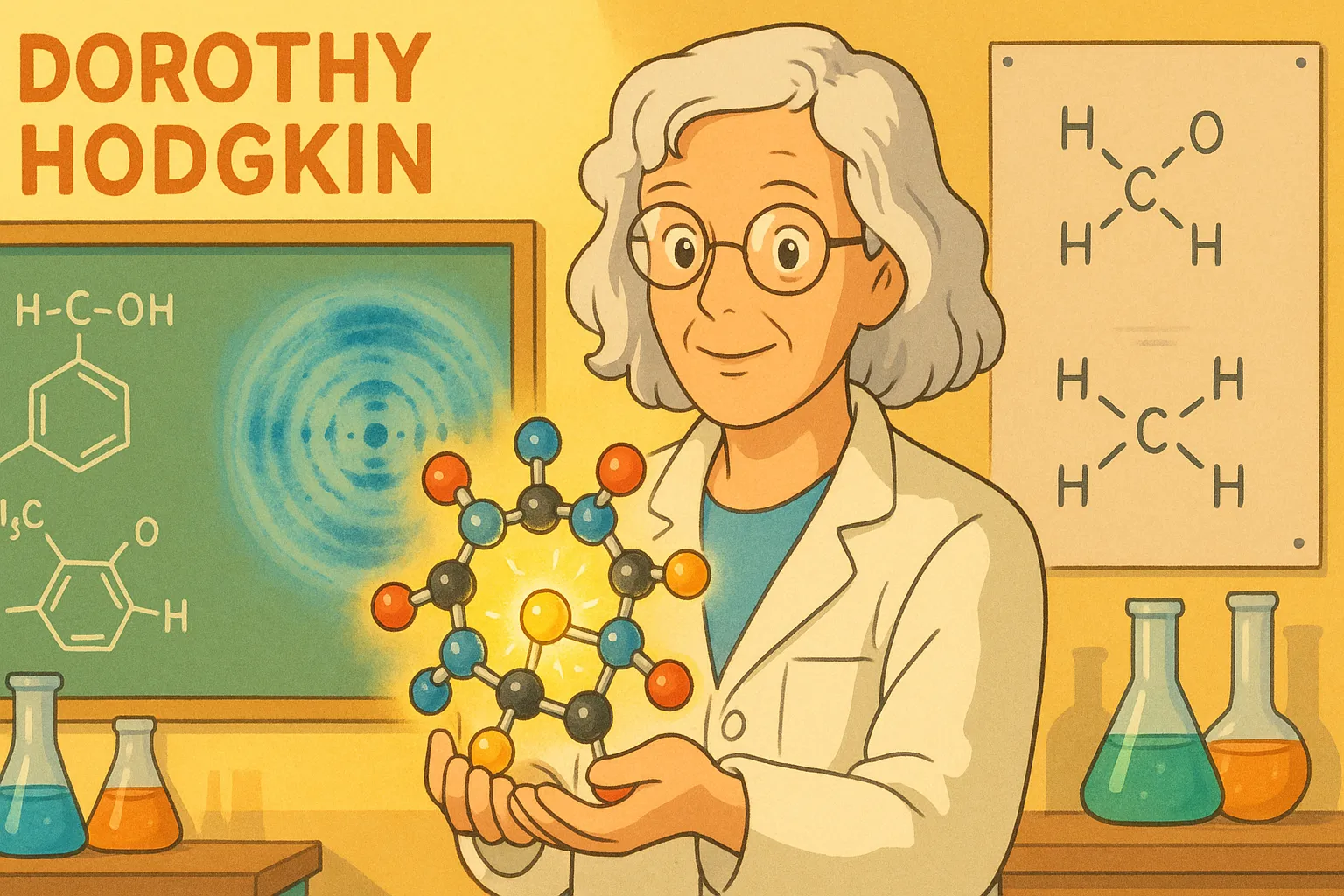
Dorothy Hodgkin

1910-1994
Solved molecular shapes of lifesaving medicines
Published: September 16, 2025
Frequently Asked Questions
Where was Dorothy Hodgkin born?
She was born in Cairo, Egypt, in 1910 and later studied chemistry at Somerville College, Oxford in England.
What is X-ray crystallography in simple words?
It's a method where X-rays shine through a crystal to make a pattern, and scientists use math to turn that pattern into a 3‑D picture of the molecule inside.
Did she receive other scientific honors?
Yes. Dorothy Hodgkin was elected a Fellow of the Royal Society and received many honors for her research over her career.
Did she face challenges as a woman scientist?
Yes. She worked at a time when few women were in labs and balanced family and research, but she became a role model and trained many students.
How can kids try something like her work?
Build ball-and-stick molecule models, use crystal kits or online simulations, and try puzzle activities that show how small parts fit together—these teach the same ideas of shape and fitting.

